Periodic Table Educational Resources for Ages 18 & up
Activities and Videos
Periodic Table Trends Activity
Download, print, and cut the cards you need to do this activity. Then watch the instructional video (in English or en Español) to learn how to play.
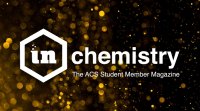
What Makes Metals So Marvelous?
Metals are everywhere doing amazing things. Find out the chemistry behind what makes them so marvelous.
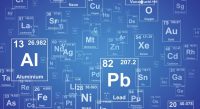
Assembling the Modern Periodic Table
The messy road to assembling the modern periodic table. How did Russian chemist Dmitri Mendeleev and the other creators of the periodic table bring order to the elements?

Periodic Table Scavenger Hunt
Celebrate the International Year of the Periodic Table of Chemical Elements (#IYPT2019) at a chapter event, meeting, or recruiting event with this fun scavenger hunt!
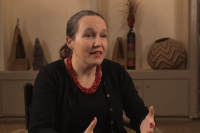
ACS Editors Share Their Favorite Elements in Honor of IYPT
ACS Publications journals Editors are joining in the IYPT celebrations with a series of videos exploring their relationship with the table.

Advocate for Chemistry
Learn about ways you can get involved, take action, and advocate for chemistry issues.
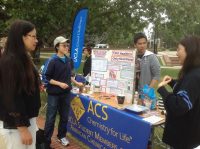
Go Green with your ACS Student Chapter
Learn about various Green Chemistry activities you can use during your next event.

Free Updated Periodic Table From ACS Publications
Is the periodic table hanging in your lab, classroom, or office woefully out of date? Replace that old relic with a free updated periodic table from ACS Publications!
Technical Literature
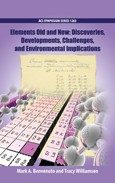
Elements Old and New: Discoveries, Developments, Challenges, and Environmental Implications
This volume came from a symposium held during the 252nd American Chemical Society National Meeting in August 2016, shortly after the completion 7th row of the periodic table. Its chapters explore the elements, their fascinating history, and their place in society.
Safety and Guidelines

Safety Guidelines for NCW and Community Activities
These guidelines are based on the premise that all presenters care very much about the safety of their audiences and participants during demonstration shows and hands-on activities.

ACS Green Chemistry Institute Reagent Guides
The reagent guides purpose is to encourage chemists to choose a ‘greener’ choice of reaction conditions. The guides aim to achieve this by providing transparency through the use of Venn diagrams in addition to improving understanding by discussion and up to date references.
Chemical Landmarks
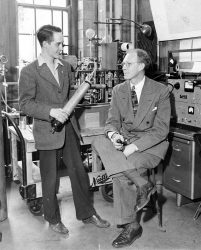
Willard Libby and Radiocarbon Dating
In 1946, Willard Libby proposed an innovative method for dating organic materials by measuring their content of carbon-14, a newly discovered radioactive isotope of carbon. Known as radiocarbon dating, this method provides objective age estimates for carbon-based objects that originated from living organisms.
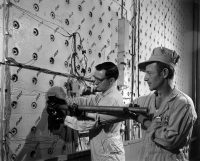
Production and Distribution of Radioisotopes at ORNL
Conceived in wartime, Oak Ridge National Laboratory (ORNL) managed the transition to peacetime, in part, through the production and distribution of radioisotopes, perhaps the most important scientific byproduct of the Manhattan Project.
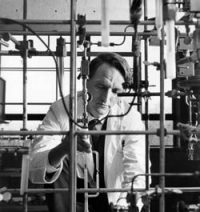
Neil Bartlett and the Reactive Noble Gases
Neil Bartlett, while working alone in his laboratory, demonstrated that the "inertness" of the Group VIII elements was not a fundamental law of nature as previously believed. Bartlett's discovery meant that all existing textbooks had to be rewritten.
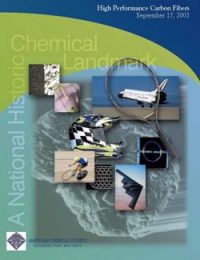
High Performance Carbon Fibers
Since Roger Bacon discovered “graphite whiskers” in 1958 at Union Carbide’s Parma Technical Center (now GrafTech International), carbon fibers have been used in high performance applications from airplanes to automobiles and from satellites to sporting goods.
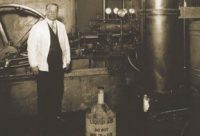
Discovery of Helium in Natural Gas at the University of Kansas
Working in Bailey Hall on December 7, 1905, Hamilton P. Cady and David F. McFarland discovered significant amounts of helium in a natural gas sample from Dexter, Kansas.

Discovery of Transuranium Elements at Berkeley Lab
In the mid-1930s, chemists and physicists, became intrigued with the possibility of synthesizing new elements not found in nature. Their dream was finally realized in 1937 when Italians Carlo Perrier and Emilio Segrè synthesized technetium.
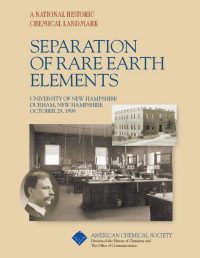
Separaton of Rare Earth Elements by Charles James
Charles James, a chemistry professor at the University of New Hampshire from 1906 to 1928, was an internationally-recognized expert in rare earth chemistry. In a laboratory in Conant Hall, James devised novel fractional crystallization techniques for separating rare earth elements, which were widely adopted by other chemists.
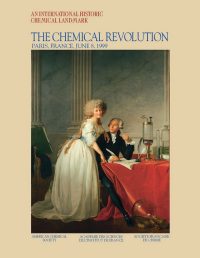
The Chemical Revolution of Antoine-Laurent Lavoisier
Antoine-Laurent Lavoisier forever changed the practice and concepts of chemistry by forging a new series of laboratory analyses that would bring order to the chaotic centuries of Greek philosophy and medieval alchemy. Lavoisier’s work in framing the principles of modern chemistry led future generations to regard him as a founder of the science.
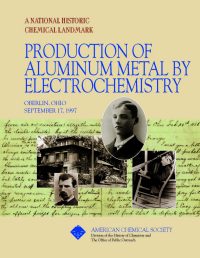
Production of Aluminum: The Hall-Héroult Process
Before 1886, aluminum was a semiprecious metal comparable in price to silver. The third most abundant element in the earth’s crust—and its most plentiful metal—, aluminum is made from bauxite, a reddish-brown rock discovered in Les Baux, France, in 1821.
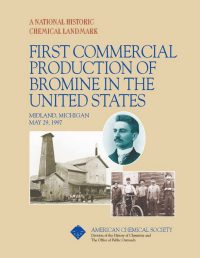
Electrolytic Production of Bromine by Herbert H. Dow
On January 4, 1891, Herbert H. Dow succeeded in producing bromine electrolytically from central Michigan’s rich brine resources. In the years that followed, this and other processes developed by Dow and the company he founded led to an increasing stream of chemicals from brines. The commercial success of these endeavors helped to promote the growth of the American chemical industry.
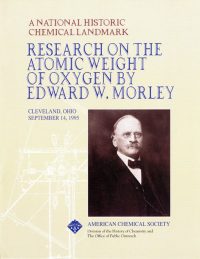
Edward W. Morley and the Atomic Weight of Oxygen
In his laboratory at Western Reserve University (Now Case Western Reserve University), Edward W. Morley carried out his research on the atomic weight of oxygen that provided a new standard to the science of chemistry. The accuracy of his analyses has never been superseded by chemical means. His great work, published in 1895, also gave important insight into the atomic theory of matter.
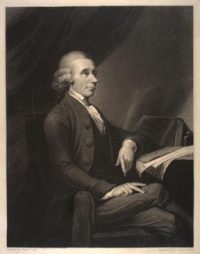
Joseph Priestley and the Discovery of Oxygen
The American Chemical Society and the Royal Society of Chemistry dedicated the Discovery of Oxygen by Joseph Priestley an International Historic Chemical Landmark on August 7, 2000, in Wiltshire, UK.

InChemistry Magazine is a publication from the American Chemical Society for college students.

